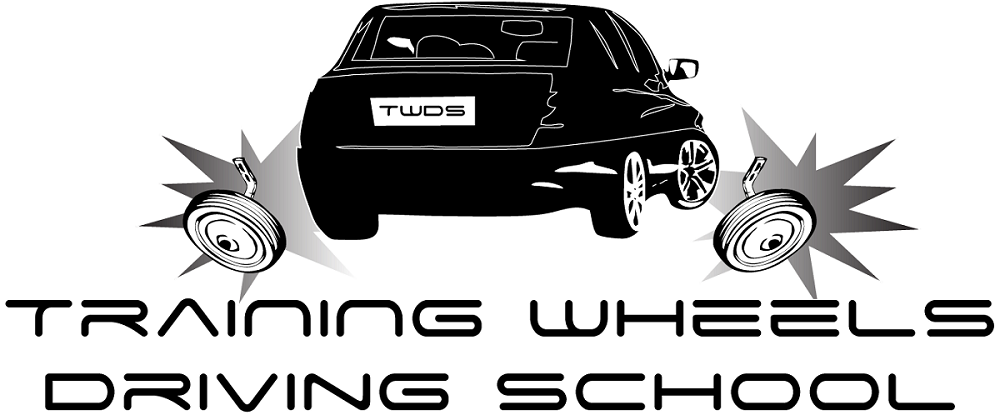When it comes time for warm, calm weather, many people get the desire to go on a road trip—and a few of them actually get the chance to do it. After months of icy or wet roads, there is no better time for it. However, while everyone would be excited to get on the road immediately, a road trip is no good if your car is not up for the journey. Car maintenance is an essential part of owning a car, but it’s especially important before starting a trip. No one wants their car breaking down in the middle of nowhere, so here’s what you need to ready your car for a trip.
Fluids
There are six essential fluids all drivers need to be aware of—oil, radiator fluid, brake fluid, power steering fluid, transmission fluid, and windshield fluid. How often you check them varies by mileage, so you have to consider when those fluids were last changed and how far you intend to drive for your trip.
Oil: As the lubrication for your engine’s working parts, your oil must be changed every 3,000-5,000 miles. The oil will be gritty, black, and below your dipstick’s minimum if it needs to be changed.
Radiator fluid: Known as antifreeze or coolant, the radiator’s fluid keeps the engine from overheating. The system should be flushed every 50,000 miles.
Brake fluid: When the brakes are used, this fluid compresses in the brake lines and forces your brake pads to slow down the car. Top off this fluid if you have to while also flushing it out in 36,000 mile intervals.
Power steering fluid: Used to make turning your wheel easier, power steering fluid should be checked regularly for contamination and changed roughly every 24,000 miles.
Transmission fluid: Used to help your gears run smoothly, transmission fluid is said by some to last a lifetime, but it’s in good practice to change it every 60,000 miles.
Windshield fluid: One of the more basic car care aspects, simply fill up your wiper fluid reservoir when it gets low. Keep a container in your trunk for emergencies.
Tires
For road-trippers especially, sound tires are of paramount importance for fuel efficiency and safety.
Air pressure: Underinflated tires easily waste a driver’s gas, and overinflated tires lessen the car’s ride quality, which is why checking air pressure is crucial. On a road trip, check at least every 1,000 miles.
Rotation: Variations in weight balance, road conditions, and suspension calibration can cause tires to wear out faster, which is why rotating tires every 5,000 to 8,000 miles is always a good idea.
Replacement: Check the tread on your tires, and if it is very low (penny test: you can see the top of upside-down Lincoln’s head), change your tires. Tires typically last 25,000-50,000 miles but will need to be replaced if there is any damage to one or all of them.
General Maintenance
Since cars have so many parts that need regular care, make sure to check these essential pieces of your car as well.
Brake pads: Brake pads, which create the friction your car needs to slow down, wear down and become thin with use (and emit an awful screeching sound). Brake pads often last between 25,000-70,000 miles.
Air filters: These prevent debris from getting into the interior or engine. When they eventually become clogged, it could impact fuel economy, engine performance, and the interior air quality. These filters need to be changed every 12,000 miles or so, but they’re easy to change and cheap.
Light bulbs: It’s easy to get pulled over if you have a burned-out light. Check your headlights, taillights, and both turn signals.
Hoses and belts: There are some signs of trouble anyone can see under the hood. Inspect your hoses for any leaking fluid, and squeeze the belts slightly, which should be tight with little slack. Check for any visible fraying, cracking, or any missing teeth, which indicate a belt must be replaced.
Think you or someone you know is in need of Behind the Wheel Training? Training Wheels is a Longport driving school specializing in teaching new teen drivers how to stay safe on the road. For more information on our lessons, please click here.
Photo via Annette Shaff / Shutterstock

